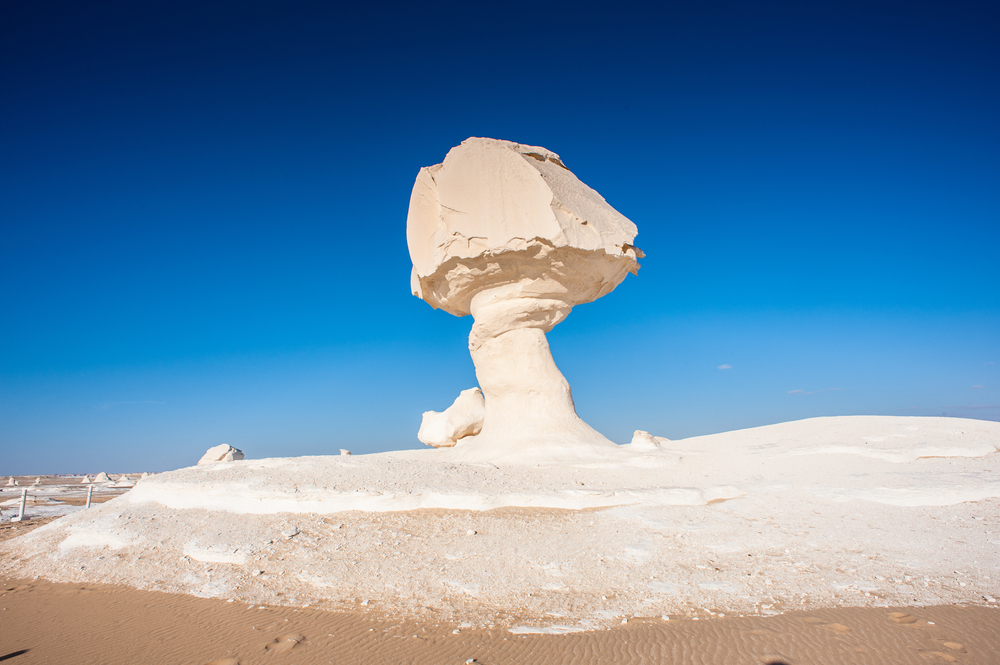Egypt, known for its ancient history, is also home to 6 national parks, which play a vital role in conserving the country’s diverse natural landscapes. Egypt National Parks protect a range of ecosystems, from deserts and mountains to coastal areas and wetlands, highlighting the country’s ecological significance beyond its historical and cultural landmarks. The national parks in Egypt are crucial for safeguarding wildlife, promoting biodiversity, and supporting eco-tourism.
Ras Mohammed National Park, located at the southern tip of the Sinai Peninsula, is one of the most famous national parks in Egypt. It is renowned for its vibrant coral reefs, clear waters, and abundant marine life, including dolphins, sea turtles, and more than 200 species of fish. The park is a popular destination for diving and snorkeling, making it a key hub for marine conservation and eco-tourism in Egypt.
Wadi El Rayan National Park, located in the Western Desert, is known for its beautiful landscapes, including desert dunes, waterfalls, and lakes. The park is home to species such as the Egyptian gazelle, fennec foxes, and a variety of bird species, including migratory birds. The park’s lakes also attract significant wildlife, offering a unique desert-wetland ecosystem.
Saint Katherine National Park, in the Sinai Mountains, is another notable park, protecting both natural and cultural heritage. It encompasses high-altitude desert habitats and is home to several endemic plants and animals, along with historic religious sites.
Despite their ecological importance, Egypt National Parks face numerous challenges. Pollution, particularly in coastal and marine parks, poses a serious threat to marine life. Desertification, illegal hunting, and habitat loss due to human encroachment and development also threaten wildlife. Additionally, limited resources for park management make it difficult to address these conservation challenges effectively.
Efforts are ongoing to improve conservation practices and eco-tourism initiatives to ensure the protection of Egypt’s natural treasures within its national parks.
















































































